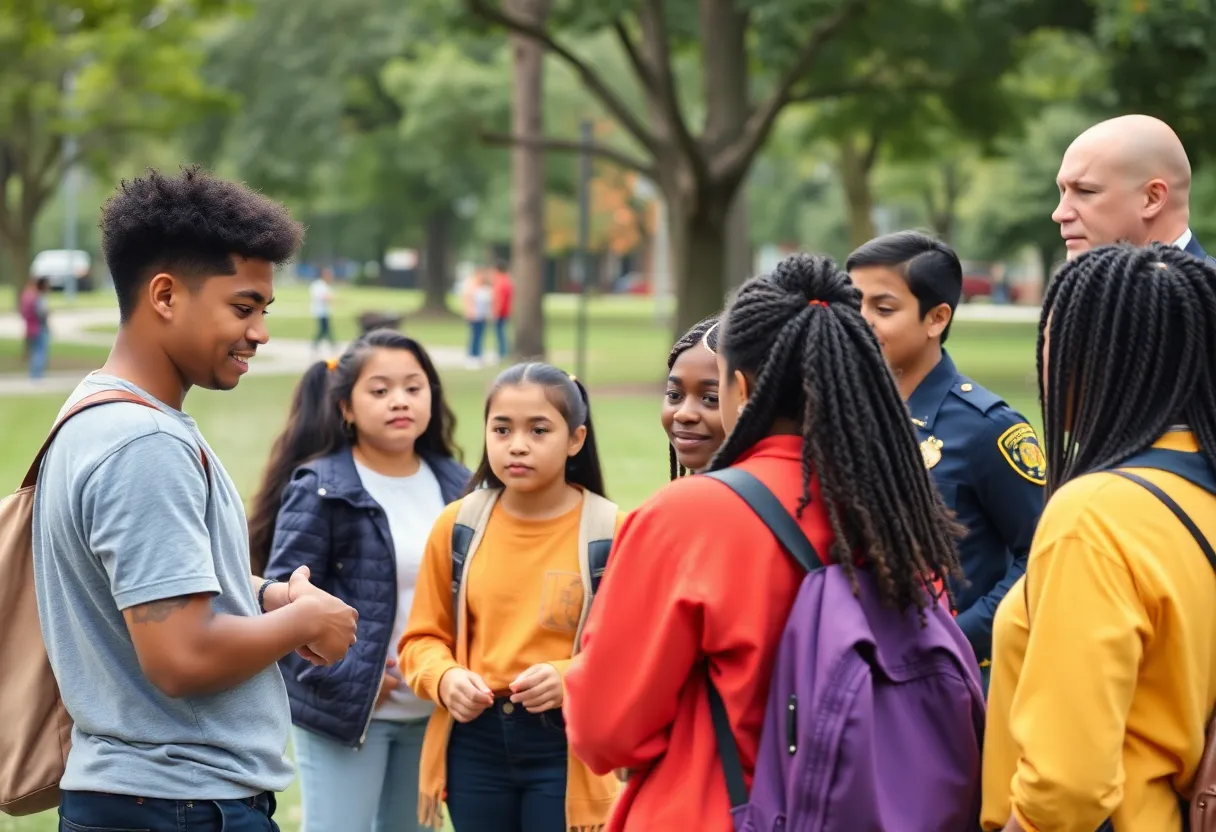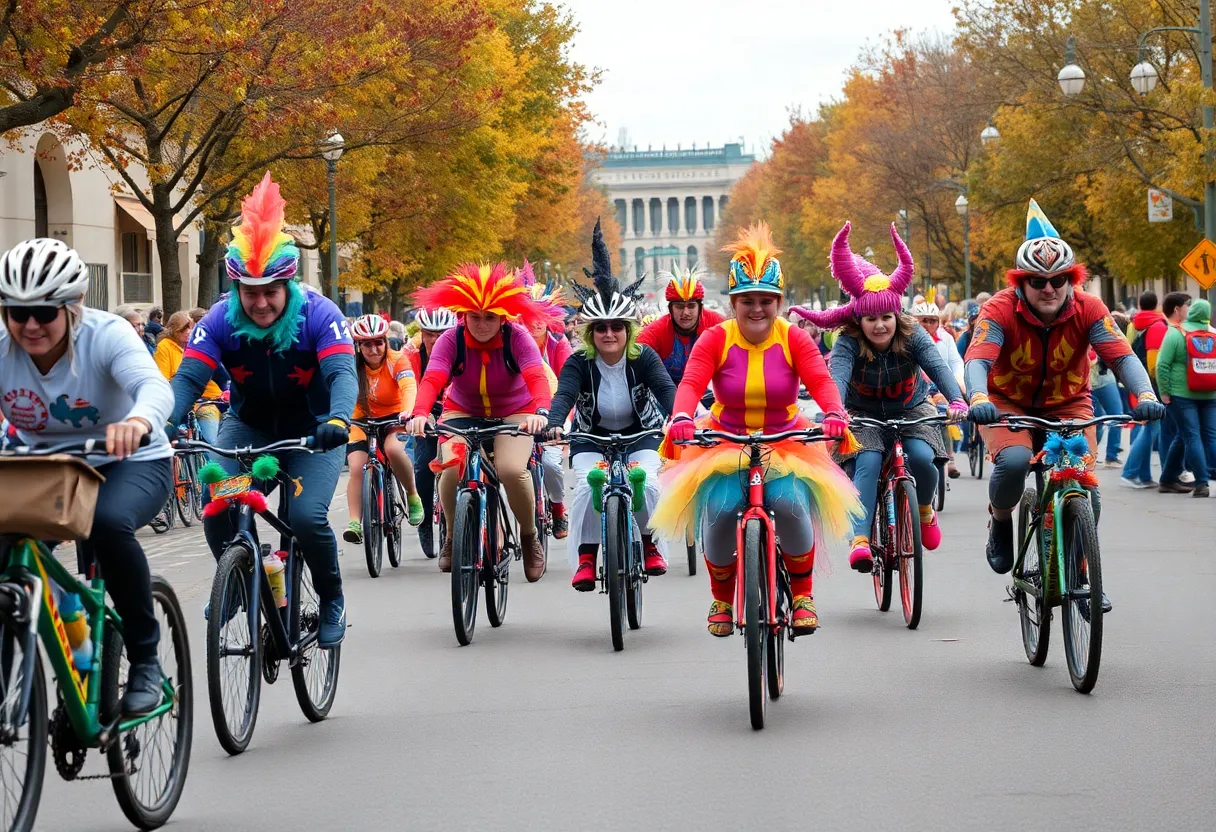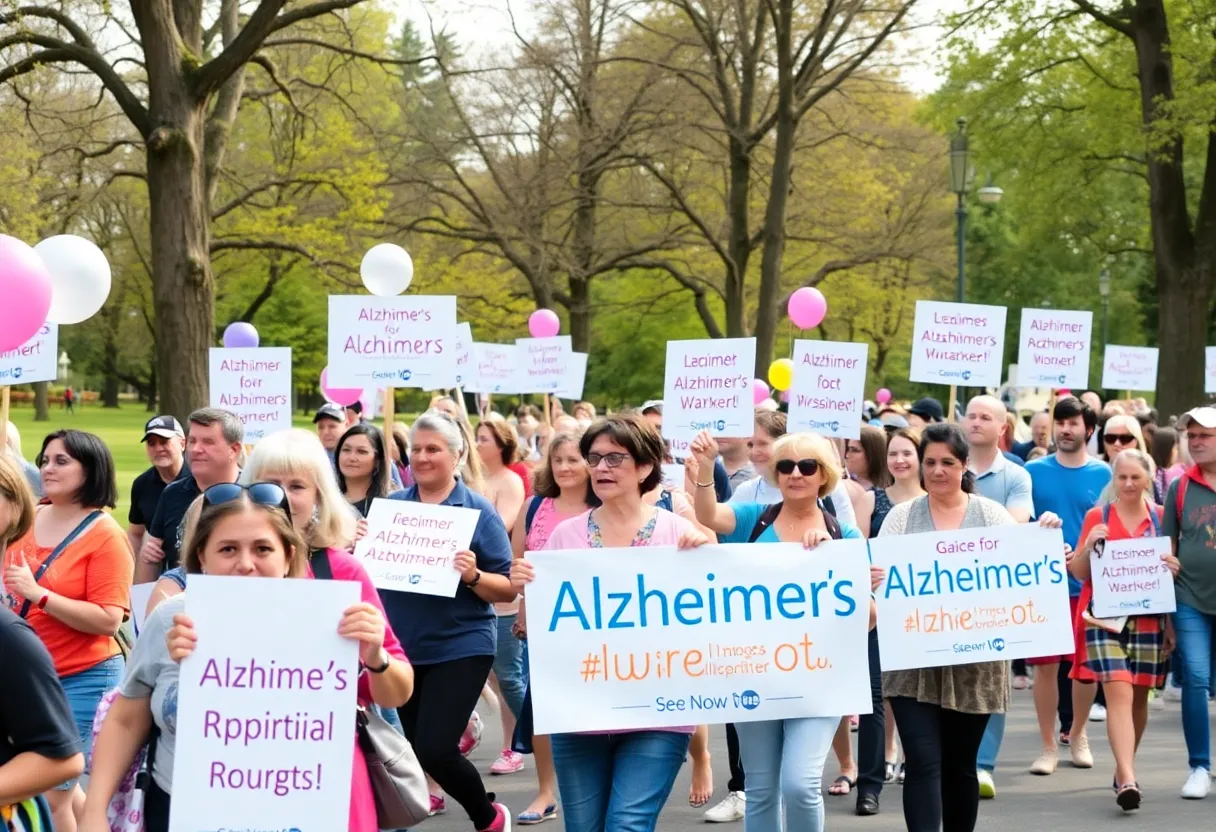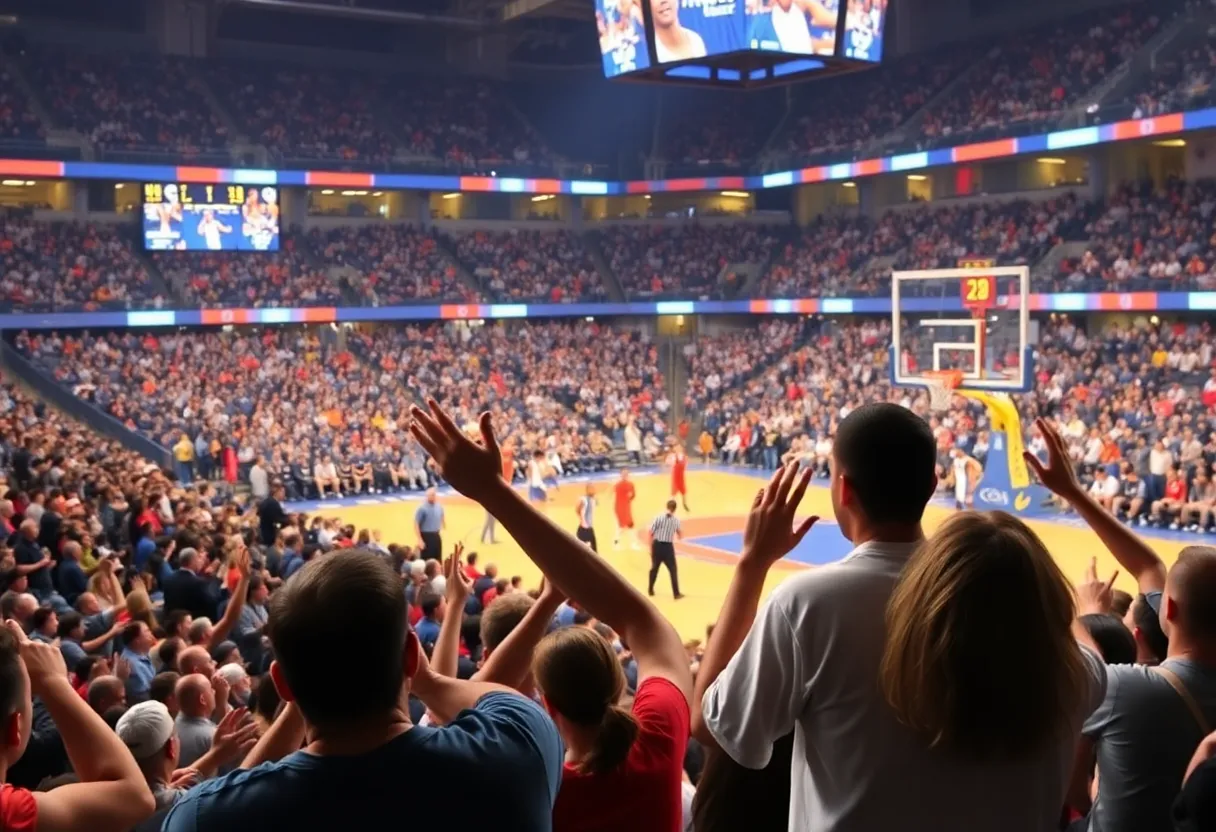Albuquerque, October 18, 2025
Albuquerque has expanded its ‘Summer of Nonviolence’ initiative, introducing new community workshops aimed at reducing youth violence. Focused at Roosevelt Park, over 100 teens participated in conflict resolution sessions led by city police and nonprofits. City officials have allocated $500,000 in funding for after-school programs to support at-risk youth through 2026. The program has shown success, with a reported 15% reduction in youth violence incidents since its inception, and plans to extend these efforts to high-risk South Valley neighborhoods.
Albuquerque Expands ‘Summer of Nonviolence’ Initiative
Albuquerque has broadened its Summer of Nonviolence initiative with new community workshops focused on reducing youth violence. The expansion includes sessions at Roosevelt Park, where over 100 teens took part in conflict resolution activities led by city police and nonprofit organizations.
In the latest developments, city officials announced an allocation of $500,000 in funding for after-school programs, which will run through 2026. These programs aim to provide ongoing support for at-risk youth, building on the initiative’s successes. Participants in the workshops engaged in activities that emphasized personal growth, with many highlighting the positive effects of mentorship on their lives.
Organizers plan to extend these events to South Valley neighborhoods, identifying them as high-risk areas needing targeted interventions. This expansion seeks to build on the program’s initial launch last year, which has already shown measurable results in lowering violence incidents.
Key Details of the Expansion
The workshops at Roosevelt Park featured interactive conflict resolution sessions, drawing participation from more than 100 teens. These sessions were facilitated by partnerships between city police and local nonprofits, focusing on practical skills to de-escalate conflicts and promote peaceful interactions. The events are part of a broader effort to engage young people in preventive measures against violence.
Funding for the initiative includes the $500,000 announced for after-school programs, which will support activities such as mentoring, skill-building workshops, and recreational opportunities. This investment is intended to sustain the program’s momentum and reach more participants in the coming years.
Reports from participants indicated stories of personal change, underscoring the role of mentorship in fostering positive behavior. For instance, individuals shared how the program helped them navigate challenges and build stronger community ties.
Background and Impact
The Summer of Nonviolence initiative began last year as a response to rising concerns about youth violence in Albuquerque. Since its start, police data shows a 15% reduction in incident reports related to youth conflicts. This progress has encouraged officials to scale up the program, with plans to replicate the workshops in additional high-risk areas like the South Valley.
By targeting neighborhoods with higher rates of violence, the initiative aims to create safer environments through community involvement and preventive education. The program’s success highlights the effectiveness of combining law enforcement efforts with nonprofit support, offering a model for ongoing violence reduction strategies.
Overall, this expansion represents a proactive step in Albuquerque’s efforts to address youth violence, with a focus on long-term community benefits. The funding and planned events underscore a commitment to sustained programs that empower young people and reduce risks in vulnerable areas.
As the initiative grows, it continues to emphasize collaboration between city resources and community partners. This approach not only addresses immediate concerns but also lays the foundation for lasting change in public safety.
Further details reveal that the workshops incorporated various activities, such as group discussions and role-playing exercises, to help teens develop conflict resolution skills. These methods have been praised for their accessibility and relevance to everyday situations. The involvement of city police in these sessions helps build trust between law enforcement and youth, fostering a more positive relationship.
The $500,000 funding will cover operational costs, including staff training, materials for workshops, and program evaluation to measure ongoing effectiveness. This financial support ensures that after-school programs can operate consistently, providing a safe space for teens to learn and grow. By extending to the South Valley, the initiative aims to reach underserved populations, where violence statistics are particularly high.
The 15% drop in incident reports is based on police data from the past year, indicating a direct correlation between the program’s activities and reduced violence. This evidence supports the expansion, as officials seek to replicate these outcomes across more neighborhoods. The personal stories from participants add a human element, showing how mentorship can lead to meaningful transformations in behavior and attitudes.
In summary, Albuquerque’s Summer of Nonviolence is evolving into a comprehensive strategy for youth engagement, with clear goals for reducing violence and promoting community resilience. The initiative’s growth reflects a broader trend in urban areas toward preventive measures that involve young people directly.
Looking ahead, organizers are exploring ways to integrate technology and online resources into the programs, making them more accessible to a wider audience. This could include virtual workshops for teens who cannot attend in person, ensuring broader participation. The focus on high-risk areas like the South Valley is strategic, as it addresses disparities in access to resources and support services.
The program’s emphasis on mentorship pairs experienced mentors with youth, helping them set personal goals and overcome obstacles. This relational aspect is key to the initiative’s success, as it provides ongoing guidance beyond the workshops. With the new funding, Albuquerque is positioned to expand these efforts, potentially serving thousands more teens in the future.
The reduction in violence incidents not only improves safety but also enhances the overall quality of life in affected communities. By investing in prevention, the city is working to break cycles of violence and create opportunities for positive development. This initiative serves as an example of how targeted, community-based programs can drive real change.
In conclusion, the expansion of the Summer of Nonviolence in Albuquerque marks a significant step forward in combating youth violence, with tangible funding, participation, and impact driving the effort.
Frequently Asked Questions
- Q: What is the Summer of Nonviolence initiative?
A: Albuquerque expanded its Summer of Nonviolence initiative with new community workshops aimed at reducing youth violence. - Q: Where did the recent events take place?
A: At Roosevelt Park, over 100 teens participated in conflict resolution sessions led by city police and nonprofits. - Q: What funding was announced?
A: Mayor Keller announced $500,000 in funding for after-school programs through 2026. - Q: What have participants experienced?
A: Participants shared stories of personal transformation, highlighting mentorship’s impact. - Q: What are the future plans?
A: Organizers plan to replicate events in South Valley neighborhoods, targeting high-risk areas. - Q: What results has the program achieved?
A: The program, launched last year, has already lowered incident reports by 15%, per police data.
Key Features Chart
| Feature | Description |
|---|---|
| Workshops | New community workshops aimed at reducing youth violence |
| Participation | Over 100 teens at Roosevelt Park in conflict resolution sessions |
| Leadership | Led by city police and nonprofits |
| Funding | $500,000 for after-school programs through 2026 |
| Participant Impact | Stories of personal transformation highlighting mentorship’s impact |
| Expansion Plans | Replicate events in South Valley neighborhoods, targeting high-risk areas |
| Program Results | Lowered incident reports by 15% since launch last year |





